Welkom - Welcome!
Curacao belong to the A.B.C.’s islands (Aruba, Bonaire and Curacao). This cosmopolitan island build itself through barely fifty different cultures. Then Curacao is known for its capital, Willemstad (classified as a World Heritage Site), its delicious food but above all for its seabed. Indeed this island have a lot of amazing dive spots, especially thanks to the wreck diving, the reef diving and the deep diving.
Best time to dive?
The best period to dive in Curacao is in December to August. Furthermore this island is distant from the hurricane belt. So the outside’s temperature almost does not change (between 29°C and 32°C). The water’s temperature in Curacao is as nice as the outside temperatures. Indeed it varies between 25°C and 28°C, the dream!
Best time to Dive?
The best period to dive in Curacao is in December to August. Furthermore this island is distant from the hurricane belt. So the outside’s temperature almost does not change (between 29°C and 32°C). The water’s temperature in Curacao is as nice as the outside temperatures. Indeed it varies between 25°C and 28°C, the dream!
- {{ listingType.name }}
- prev
- next
Do you offer Diving services?
Promote your services and connect with divers
Are you a Scuba diver?
Join and get the best benefits for your next trip
Do you offer Diving services?
Promote your services and connect with divers
Are you a Scuba diver?
Join and get the best benefits for your next trip
Sea Life
Curacao’s fauna and flora are as diversified as the island is cosmopolitan. Indeed, more than the common Caribbean flora, you will be glad to see some beautiful rays (mantas rays, stingrays and eagle rays). You will have the chance to admire many nurse sharks and if you are lucky, you can swim with dolphins, pilot whales and even some octopus. Moreover with more reasonable sizes, you can go and meet some turtles, seahorses, lobsters, morays, barracudas, groupers and many other reef fishes. So prepare your luggage for the blue lagoons of Curacao, be ready to go dive and discover this incredible Atlantic pearl.
Dive Sites
Diving in Curaçao is unique for many reasons; it is set apart from other Caribbean destinations by it’s diversity and its density of sea life,
its many underwater landscapes, and it’s reef proximity to shore.
Curaçao’s reefs surround the island attaching to the shore like a narrow fringe.
These beautiful gardens of delicate corals are home to a rainbow of marine life.
The island’s volcanic beginnings are evident in massive coral formations extending into
the depths with deep-water fish patrolling the plunging walls.
There is plenty to see, underwater and on the surface. You shouldn’t be surprised to see dolphins playing, turtles sunning, or pilot whales migrating. We have selected five of our most popular dive sites for you to explore right here!
Dive sites info source by curacao-travelguide.com


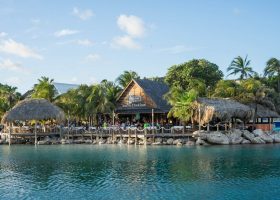
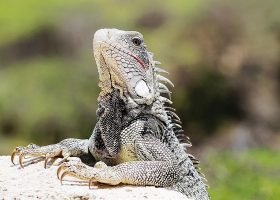
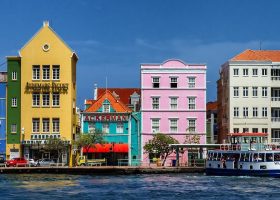

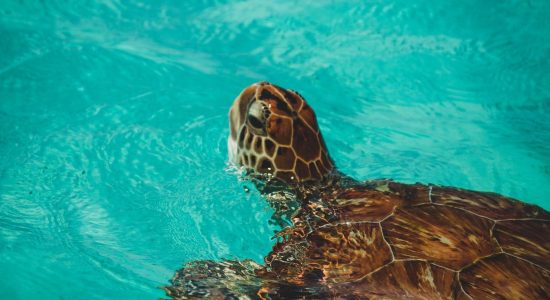
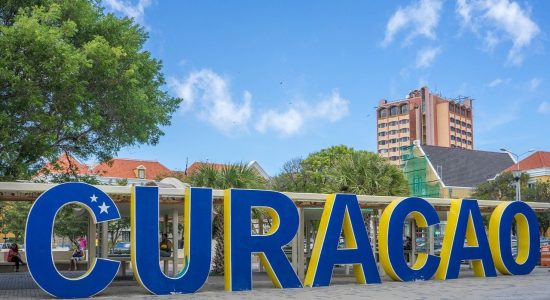



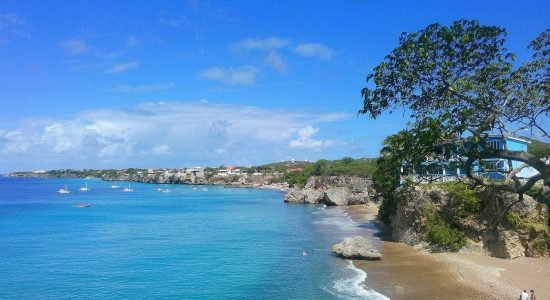
Alice in Wonderland
One of the nicest dive spots on Curaçao, Playa Kalki, also called Alice in Wonderland, is a perfect spot for a day at the beach with divers, snorkelers and sunlovers. The name “Kalki” refers to the limestone in the surrounding cliffs. This is one of the top 10 dive spots on the island, so you will often meet up with other divers underwater or at the beach. Carry or wear gear down the long flight of steps at the edge of the parking lot. Sand and coral rubble cover the bottom at the entry. Enter directly in line with the buoy. Visibility averages 30 mtrs (100 ft) and the distance to swim from shore is about three minutes to the wall which drops to below 18 mtrs (60 ft). Wave action is generally calm with with little current, although occasionally the current can be strong and unpredictable.
Mushroom Forrest & The Cave
The scenery is nothing short of spectacular. There are no facilities. Entering the water is difficult, due to the high cliffs, so contacting one of the local dive operators for a boat dive is an option. The site is called Mushroom Forrest because the large number of mountainous star coral growing vertical on an sandy plateau for a “Forrest of mushrooms”. The mushroom shapes occurred because the the coral heads have been bio-eroded at their base to narrow columns by boring clams and sponges. They make great hiding places for tiny sea creatures. Numerous species of fish and coral can be spotted here; flower corals, giant brain corals, anemones, turtles, porcupinefish, smooth trunkfish, yellowtail snapper, parrotfish, grouper, spotted drums, spotted morays, green morays, lobster and conch.
PortoMari
Unique and diverse, the Valley site is one of the most popular sites on the island for good reason — two parallel reefs with a “valley” between are home to a wide variety of reef life. Often you will see fish here that are rare at other sites on the island, such as pairs of cornetfish, and nurse sharks. The Valley is home to lots of colorful reef life: angelfish, parrotfish, groupers, brown chromis, yellowtail snapper triggerfish trumpetfish, cornetfish, sea turtles, lobsters and sting rays. Coral coverage is abundant and healthy.
Superior Producer
At the water plant in Otrabanda, take the road which leads straight to the shore. Directly ahead you will find the Double reef. Be very careful at the entrance, it is rock and very slippery, so booties are a must. The Superior Producer is one of the finest wrecks in the Caribbean. The ship was outward bound with a shipment of clothing when it’s cargo shifted in rough weather. It sank just west of the harbor entrance. The ship is upright, with her wheelhouse at 24m (80 ft) and her hull resting in over 30 m (100 ft). Look for grouper, barracuda, coral and anemones.
Tugboat
There’s one word that really describes the Tugboat, cute. This site is very popular, and is a diverse area with good snorkeling, great photo ops and lots of diving choices — wall, wreck, deep. Located on the protected southeast side of Caracasbay, the Tugboat site is accessible only by boat. The wreck rests at 5 m (17 ft) after sinking 25 years ago. It is covered with coral and well preserved. Although tempting, please do not rest or stand on it. A steep wall is located nearby (southeast), about a three minute swim away, which drops to about 30 m (100 ft). Along the wall, look for morays, s corpionfish and lobsters in the numerous crevices and shallow caverns.
Klein Curaçao
For snorkelers and scuba divers, Klein Curaçao has much to offer. Klein Curaçao has nice coral formations, a vertical drop-off and a couple of underwater caves. The Mermaid Boat Trips offers a morning and afternoon dive. Drift-diving from a rubber dinghy, divers will explore both the northern and southern tips of the island.
How to Arrive
You can travel to Curaçao by air with direct flights from North America, Europe, and South America, or by sea on a cruise or yacht.
Curaçao also offers general aviation services at the International Airport of Curaçao. Visitors arriving on their private planes are more than welcome. And there are several companies that provide Curaçao air charters. Info source by curacao.com
